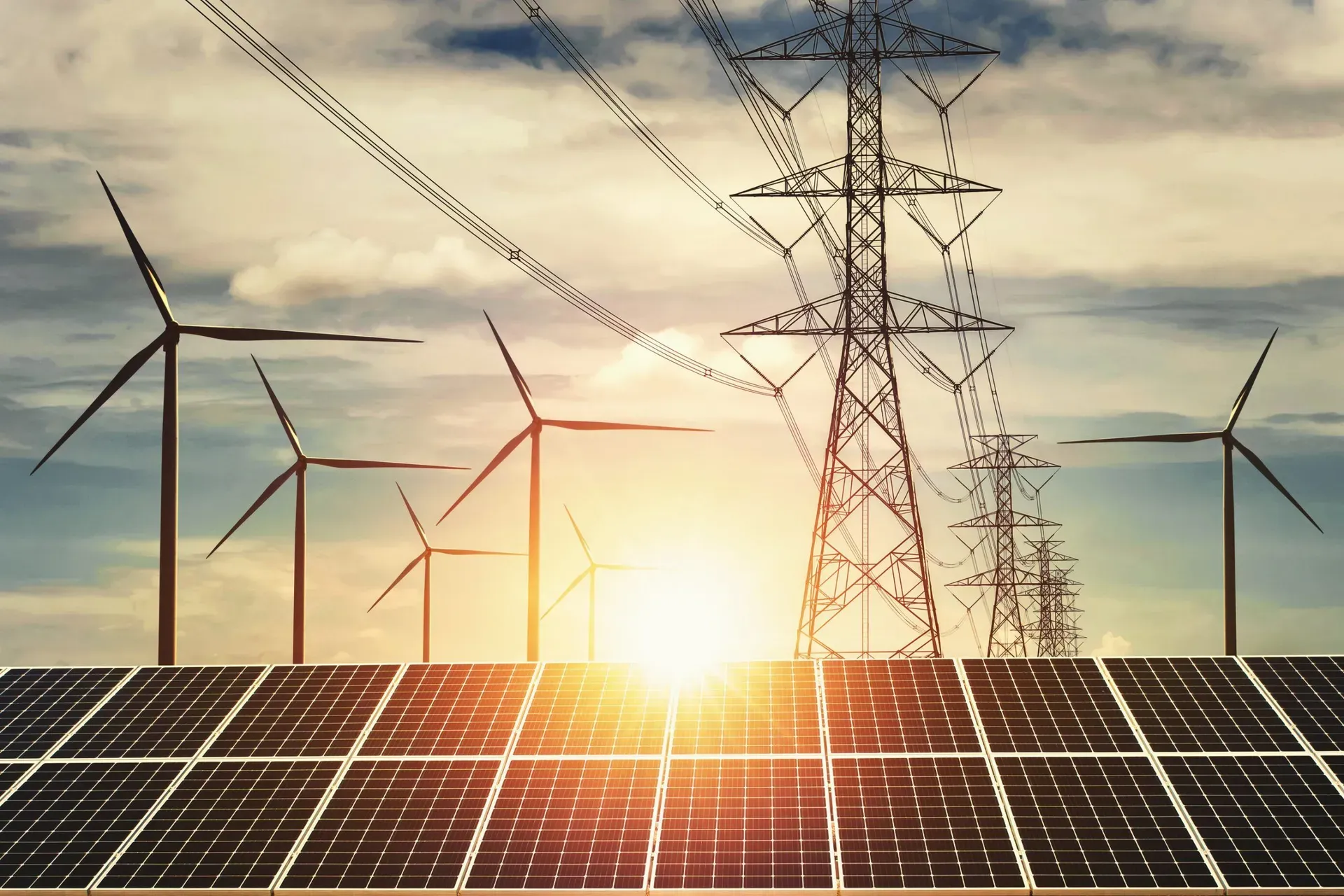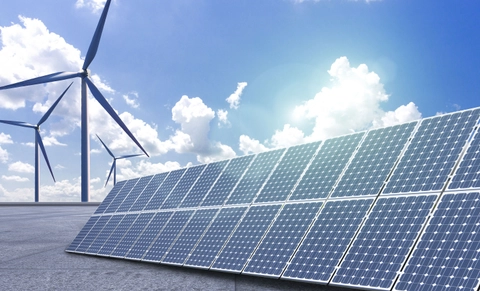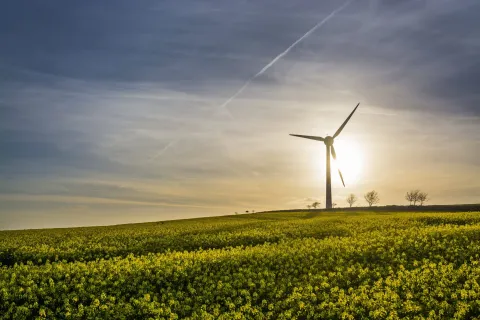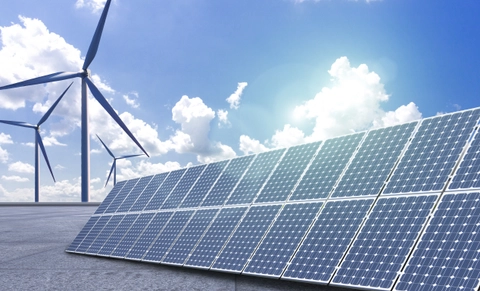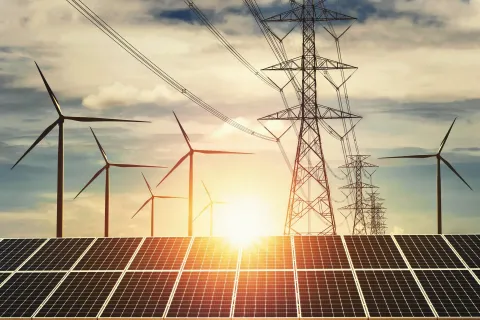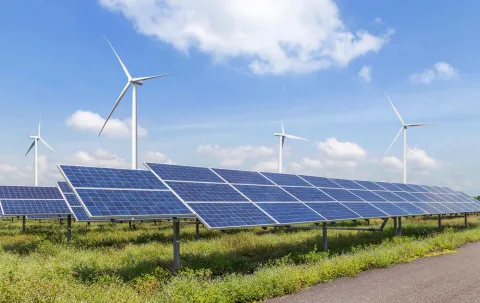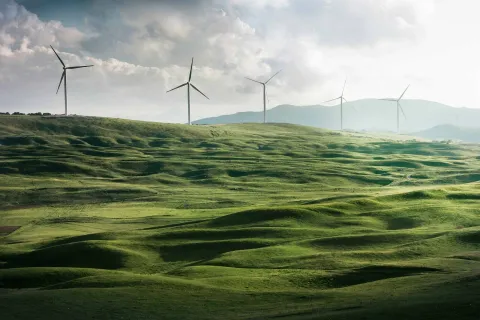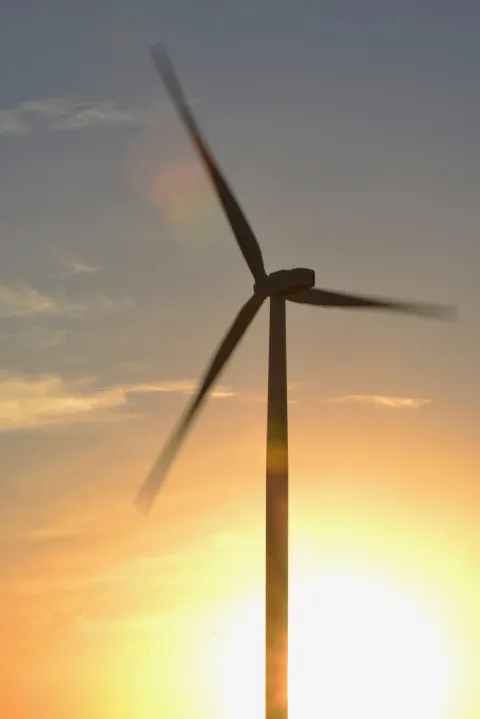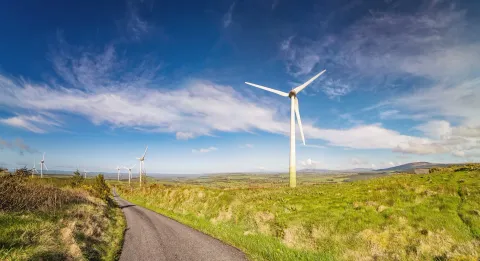This year saw a return to relative calmness after the energy shocks of last year, while governments are playing an increasing role as the rate of new renewable generation lags.
Spot pricing was subdued compared to last year, with no significant unexpected outages that caused sustained price spikes. Higher levels of renewable generation, including burgeoning levels of rooftop solar, suppressed pricing during the daytime hours. Federal Government interventions, namely applying a coal price cap and gas price ‘anchor’, also applied some downward pressure on input costs that translated into lower prices.
Figure 2: Average quarterly prices (2019-23)

Source: AEMO data, Cornwall Insight Australia analysis
Government interventions were another big story of the year, as both state and federal governments intervened frequently to support the renewable energy transition. The pièce de resistance of interventions was the Federal Government’s dramatic boosting of the Capacity Investment Scheme from an initial 6GW to now 32GW (23GW renewable generation plus 9GW firming) of revenue underwriting. States also intervened, with Victoria setting up the State Electricity Commission to potentially directly co-invest in renewable energy projects, while New South Wales may set up a similar vehicle. New South Wales also continues to roll out regular tenders for REZ Access rights and generation/storage support, while the Queensland Government is supporting the CopperString 1100km transmission line in the northern part of the state, a non-ISP project.
Concern over a stalled energy transition is driving these interventions. Australia is currently behind the pace of meeting the Federal Government’s renewable energy target of 82% by 2030. The reasons for stalled investment include lack of transmission capacity, slow project approvals and connections, financing, labour skills shortages and lack of social licence. The Federal Government is aiming to tackle most of these roadblocks, such as underwriting transmission investment through the Rewiring the Nation scheme, providing additional funding for AEMO to speed up connections for this upcoming summer, and boosting the Capacity Investment Scheme. However, social licence remains a prickly area as regional communities increasingly disapprove of overhead transmission lines and large renewable generation.
The year also saw the retirement of the Liddell baseload coal-fired station in NSW. The station was retired in April, although it has been operating at reduced capacity in the preceding quarters. There was no significant disruption from Liddell’s retirement due to a largely benign market (no major outages or heat waves – yet). The next big retirement is the 2,922MW Eraring station in NSW, which is due to retire in 2025. The New South Wales Government made noises this year about extending Eraring, which may make achieving renewable energy targets more difficult unless there is enough renewable/firm replacement supply.
Internationally, COP28 adopted a resolution for the transition away from fossil fuels. The resolution is non-binding and was watered down from the original language of ceasing fossil fuel use entirely. However, the resolution could be most powerful in sending a signal to governments, investors, and corporations that fossil fuel use should eventually wane. This could be powerful in a similar fashion to the Paris Agreement of 2015, which helped drive decision-makers towards net-zero goals even though the accord did not mention net zero itself.
The year was capped off with AEMO’s draft 2024 ISP release. This draft has to comply with hitting the Federal Government’s renewable energy target. As the NEM is not currently on track to hit this target, the scenarios presented in this ISP are a mix of aspiration and forecast. The draft ISP is notable for including offshore wind (due to state targets) and calling for more flexible gas as a source of firming.
El Nino weather disruptions hang like a cloud over this coming summer. The prospect of a string of hot days over capital cities may push the NEM to the edge if there are also unexpected generation or interconnector outages. AEMO and governments will likely intervene in extreme scenarios through RERT (demand response) and potential AEMO directions.
The above focus article is derived from our monthly Energy Executive Summary. Please contact us for further information on this service.
